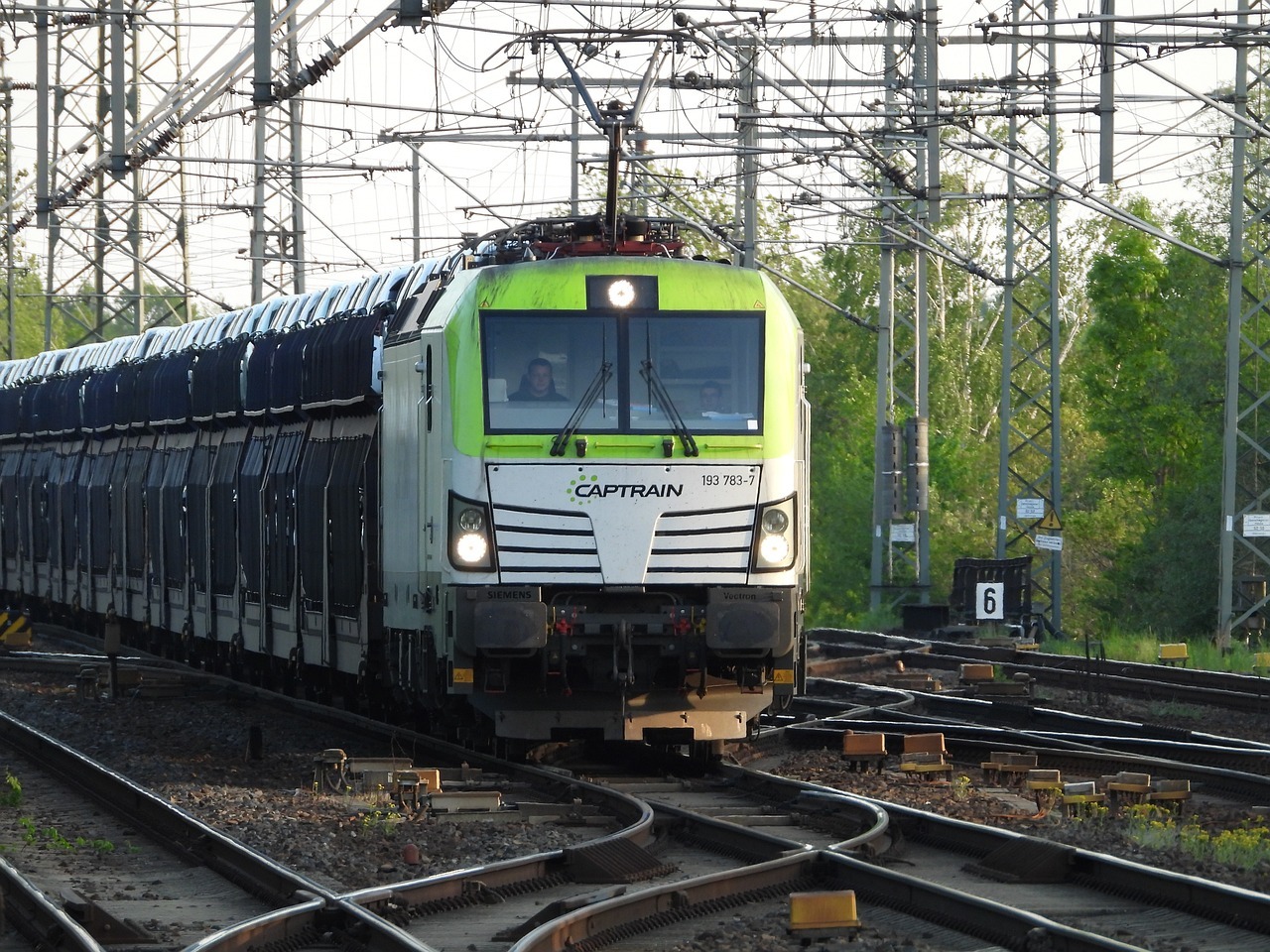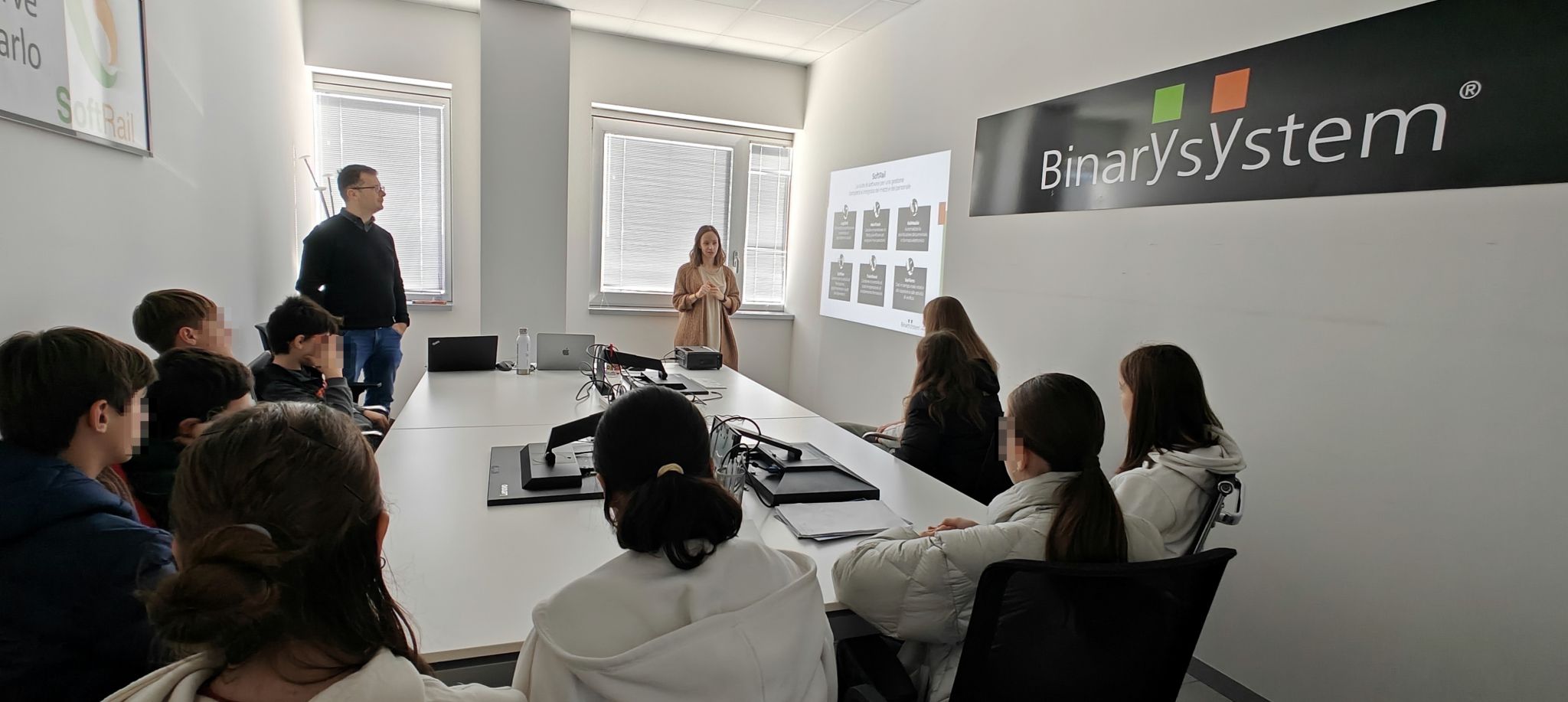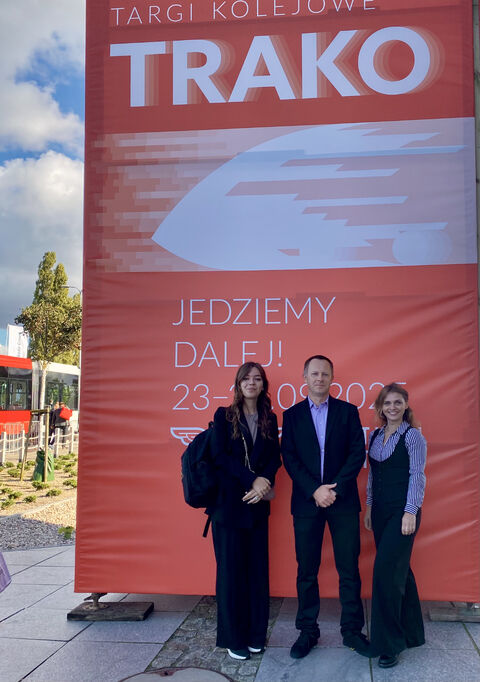
World Sustainable Transport Day: our contribution
Can transport software drive a greener future? We believe so. Here’s a recap of our contribution.
Home / Case Study / Captrain Italia’s operational digitalization
Captrain Italia operates 8,300 trains per year, covering 4.9 million miles of rail track. Enzo Talarico is Rolling Stock Director (‘Direttore Materiale Rotabile’) for Captrain Italia, and also CEO of Tiber.Co, Captrain’s company focused on the maintenance of rolling stock. He oversees the use of Binary System’s MainTrack module, which is part of the company’s wider SoftRail solution.

Captrain Italia faced challenges in relation to locomotive maintenance. The operator had a smaller fleet of locomotives in the past and had been managing operations with Excel files.
As Captrain’s fleet became larger the team required a specialist IT system to manage the complexity, especially in relation to newer vehicles and the greater volume of data to track. Mr Talarico recalls: “Changes in one area did not pass through to others. We needed one solution with one source of data entry, which would then automatically flow through to all areas of operation.”
Captrain Italia implemented Binary System’s SoftRail solution, which included the MainTrack module. MainTrack enables rail operators to record, plan and monitor the preventive and corrective maintenance of their fleet, and manage all information in an electronic format.
As the first large operator to use MainTrack, Captrain requested additional functionality to ensure that the system met the organisation’s advanced requirements. Mr Talarico’s experience, acquired through 17 years in the industry, was fundamental to the expansion of the product.
This was the beginning of a collaboration which benefitted all involved, says Mr Talarico: “Captrain had the opportunity to strongly customise the solution to meet our needs, while Binary System was able to improve functionality with direct input from a railway operator. MainTrack is a very good product – a genuine railway solution.”
One significant improvement suggested by Mr Talarico relates to scheduling of preventative and corrective interventions: “By tracking requirements for both elements through MainTrack, all required maintenance works can be addressed together, registering the maintenance intervention. This enables us to work much more efficiently.”
Mr Talarico’s input also resulted in additional enhanced reporting. MainTrack was expanded to forecast future requirements for preventative maintenance based on expected kilometres travelled; and a Contractual Availability report which shows automatically and graphically the responsibility for unavailable contracted locomotives, which may reside with the Entity in Charge of Maintenance (ECM) or Railway Undertaking (RU).
MainTrack now provides operators with visibility regarding how often particular parts break. This information makes it possible to plan the most appropriate times for preventative maintenance, and to inform the production team that locomotives won’t be available in this period, while also providing valuable insight regarding a range of factors, including the durability of different components, average repair time, and the performance of maintenance personnel.
Mr Talarico says that working with Binary System has improved the efficiency of Captrain’s operations: “With MainTrack we work more quickly, which means we require fewer people. Aside from myself we have one person managing rolling stock. Without MainTrack we would need at least one person more.”
But in rail, safety is always the highest priority – and Mr Talarico says that MainTrack plays an important role here too: “MainTrack enforces safety because we enter a maintenance plan which has to be respected. For each locomotive we receive alerts before expiry, and if an element does expire then it automatically becomes unavailable.”
The system also provides a platform for essential real-time communications: “Drivers can report issues via a mobile application, for example if a locomotive has an issue. This produces an alert so that production knows the locomotive is not available, which makes it possible to reorganise as quickly as possible.”
Data from MainTrack flows from maintenance to production, where shift planners can see if a locomotive may be used or not, and any relevant usage restrictions. Information is therefore always accurate, ensuring safety and reliable, on-time performance: “The integration of the different modules has improved safety – because management of maintenance is not only an aspect of production; it is also safety and management of quality of work of maintainers.”
“Captrain had the opportunity to strongly customise the solution to meet our needs, while Binary System was able to improve functionality with direct input from a railway operator. MainTrack is a very good product – a genuine railway solution.”
Enzo Talarico, Rolling Stock Director for Captrain Italia, and Tiber.Co CEO
Captrain and Binary System have been working closely together since 2015, and there is no sign of this changing: “Binary is a supportive organisation and our collaboration has benefitted both companies. The software grows together with our needs because Binary always listens to us. I am sure we will continue to work together in a good way into the future.”

Can transport software drive a greener future? We believe so. Here’s a recap of our contribution.

An initiative organised by Confindustria Piacenza, which represents an important connection between the worlds of school and work.

Our teams enjoyed a dynamic programme packed with meetings and opportunities for collaboration.